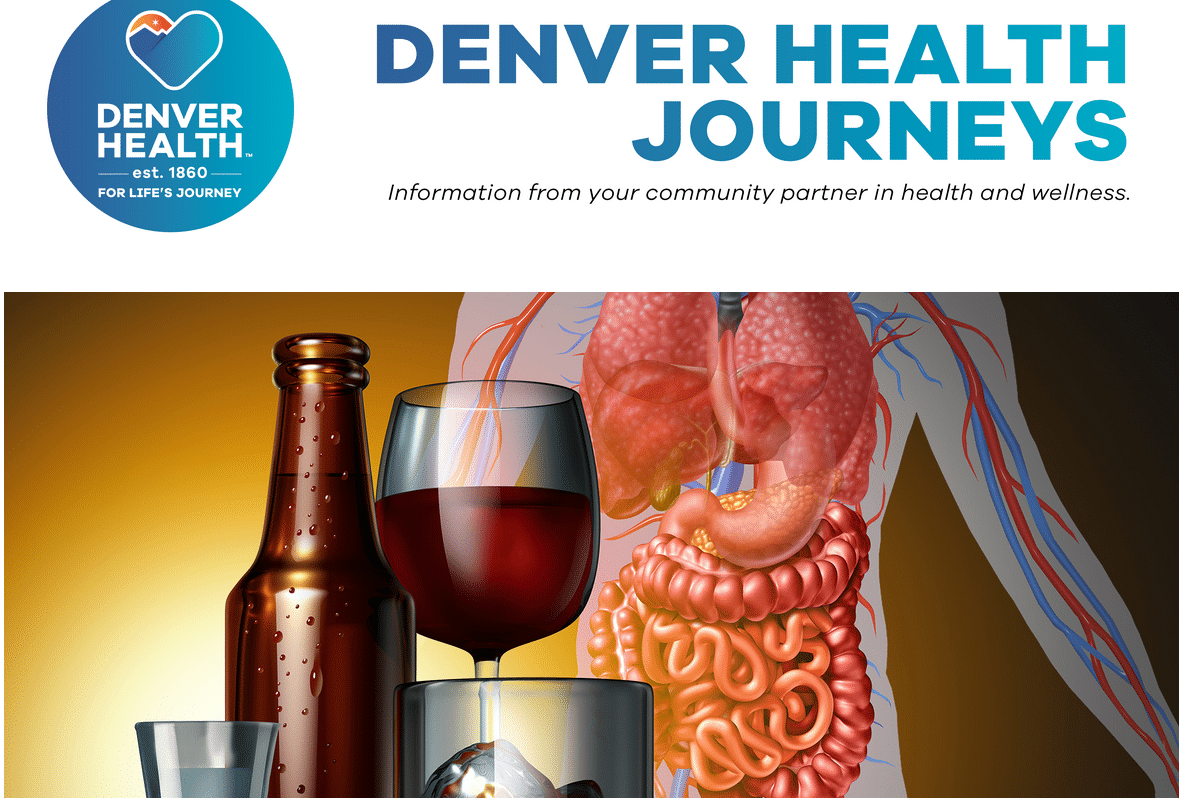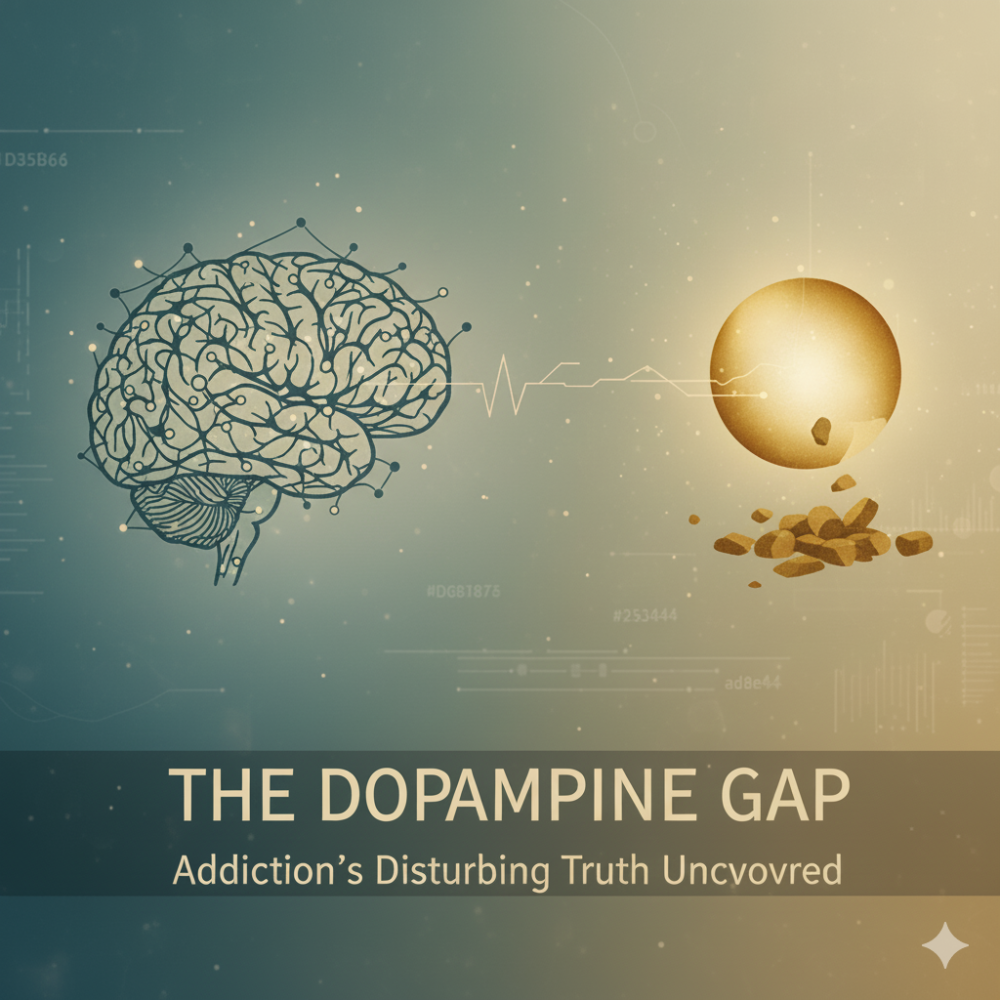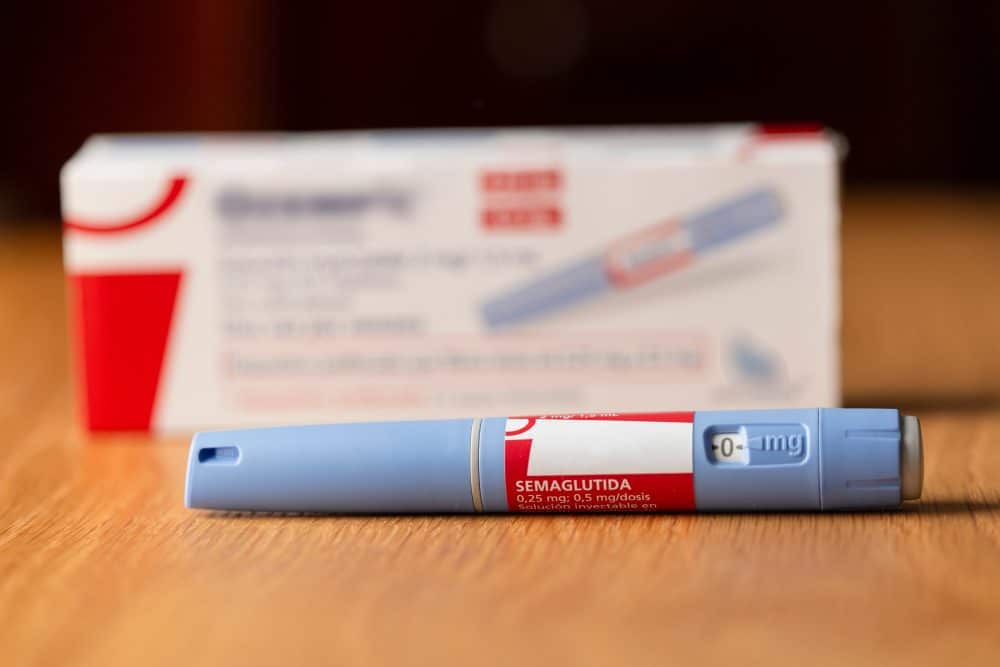The Hidden Health Crisis: Understanding Alcohol’s Role in Cancer Development
Recent findings from the U.S. Surgeon General’s office have revealed alarming connections between alcohol consumption and cancer, with implications that challenge common assumptions about “safe” drinking levels. This comprehensive analysis arrives at a critical time when only 45% of Americans recognize alcohol as a cancer risk factor, compared to 91% who understand the cancer risks of radiation exposure (U.S. Surgeon General’s Advisory, 2025).
Several news outlets have run stories related to the recent study, and there have been many discussions online, during news interviews and various policy making groups.

An Article (PDF) sums of some of the facts around Alcohol use issues. (From Denver Health Journeys Feb 2025 Newsletter)
The Scope of the Problem
The numbers are sobering: alcohol contributes to nearly 100,000 cancer cases and approximately 20,000 cancer deaths annually in the United States. According to the Surgeon General’s report, alcohol-related cancer deaths reduce life expectancy by an average of 15 years, resulting in about 305,000 years of potential life lost annually.
Dr. Bill Burman, former director of the Public Health Institute at Denver Health, emphasizes: “Alcohol is not good for you, period. There’s been this sense – I think from the industry selling it – that alcohol was good for people, that red wine decreased the risk of cardiovascular disease. That’s false.”
Understanding the Cancer Connection
The relationship between alcohol and cancer operates through four distinct mechanisms, according to the Surgeon General’s Advisory:
1. Acetaldehyde Production: When alcohol breaks down in the body, it produces acetaldehyde, which directly damages DNA and can trigger tumor development
2. Oxidative Stress: Alcohol generates reactive oxygen species that increase inflammation and damage cellular components
3. Hormonal Disruption: Alcohol alters hormone levels, particularly estrogen, affecting breast cancer risk
4. Enhanced Absorption: Alcohol can dissolve other carcinogens, particularly from tobacco smoke, making them more easily absorbed by the body
Quantifying the Risk
The risk elevation is significant even at moderate consumption levels. Research from a study of 226,162 individuals showed that:
– For women: The lifetime risk of alcohol-related cancers increases from 16.5% with less than one drink per week to 21.8% with two drinks daily
– For men: The lifetime risk increases from 10% with less than one drink per week to 13.1% with two drinks daily
“For certain cancers, like breast, mouth, and throat cancers, evidence shows that this risk may start to increase around one or fewer drinks per day,” states the Surgeon General’s Advisory.
Regional Impact and Public Health Challenge
The situation in Colorado provides a stark illustration of the broader national challenge. Deaths from alcohol in Colorado surged more than 60% between 2018 and 2021, with the state’s alcohol-related death rate nearly double the national average. In 2022 alone, 1,547 Coloradans lost their lives to direct alcohol-related causes, according to state data.
Scientific Classification and Evidence
The International Agency for Research on Cancer (IARC), the World Health Organization’s specialized cancer agency, classifies alcohol as a Group 1 carcinogen—placing it in the same category as tobacco, asbestos, and formaldehyde. This classification represents the highest level of certainty about a substance’s cancer-causing potential (U.S. Surgeon General’s Advisory, 2025).
Debunking Health Benefits
Recent research challenges long-held beliefs about alcohol’s potential health benefits. Dr. Rotonya Carr, head of gastroenterology at the University of Washington, notes, “We have not done a good job with public health messaging about alcohol in the United States.”
Recovery and Risk Reduction
The Surgeon General’s Advisory indicates that long-term cessation or reduction in drinking is associated with lower risks of some alcohol-related cancers, particularly mouth and esophageal cancers. However, research is still ongoing to determine:
– The timeline for risk reduction
– Whether risks decrease to the level of lifetime abstainers
– The impact on other cancer sites
Genetic and Individual Risk Factors
The Advisory highlights that certain populations face elevated risks:
– Individuals of East Asian descent often have a genetic variant affecting alcohol metabolism, potentially increasing cancer risk
– Individual risk varies based on genetic factors, environmental exposures, and other health conditions
Public Health Response
The Surgeon General’s Advisory recommends several key actions:
1. Update health warning labels on alcoholic beverages to include cancer risk information
2. Reassess recommended alcohol consumption limits based on cancer risk data
3. Strengthen education efforts about the alcohol-cancer connection
4. Implement proven alcohol reduction strategies in cancer prevention initiatives
5. Encourage healthcare providers to inform patients about these risks during routine care
Looking Forward
Dr. Eden Bernstein from the University of Colorado Anschutz Medical Campus emphasizes that while cancer risks increase with both frequency and volume of consumption, providing clear information allows individuals to make informed decisions about their health.
Sources for medical information and quotes:
– U.S. Surgeon General’s Advisory on Alcohol and Cancer Risk (2025)
– Quotes from Dr. Bill Burman (Denver Health)
– Quotes from Dr. Rotonya Carr (University of Washington)
– Quotes from Dr. Eden Bernstein (University of Colorado)
– International Agency for Research on Cancer (IARC) classifications
– World Health Organization (WHO) risk assessments
Also see the US Health and Human Services Report, 2025 Alcohol and Cancer Risk
As the Surgeon General’s Advisory concludes, this information isn’t meant to alarm but to inform. Understanding these risks allows individuals to make more educated decisions about their alcohol consumption, potentially preventing thousands of cancer cases annually.



